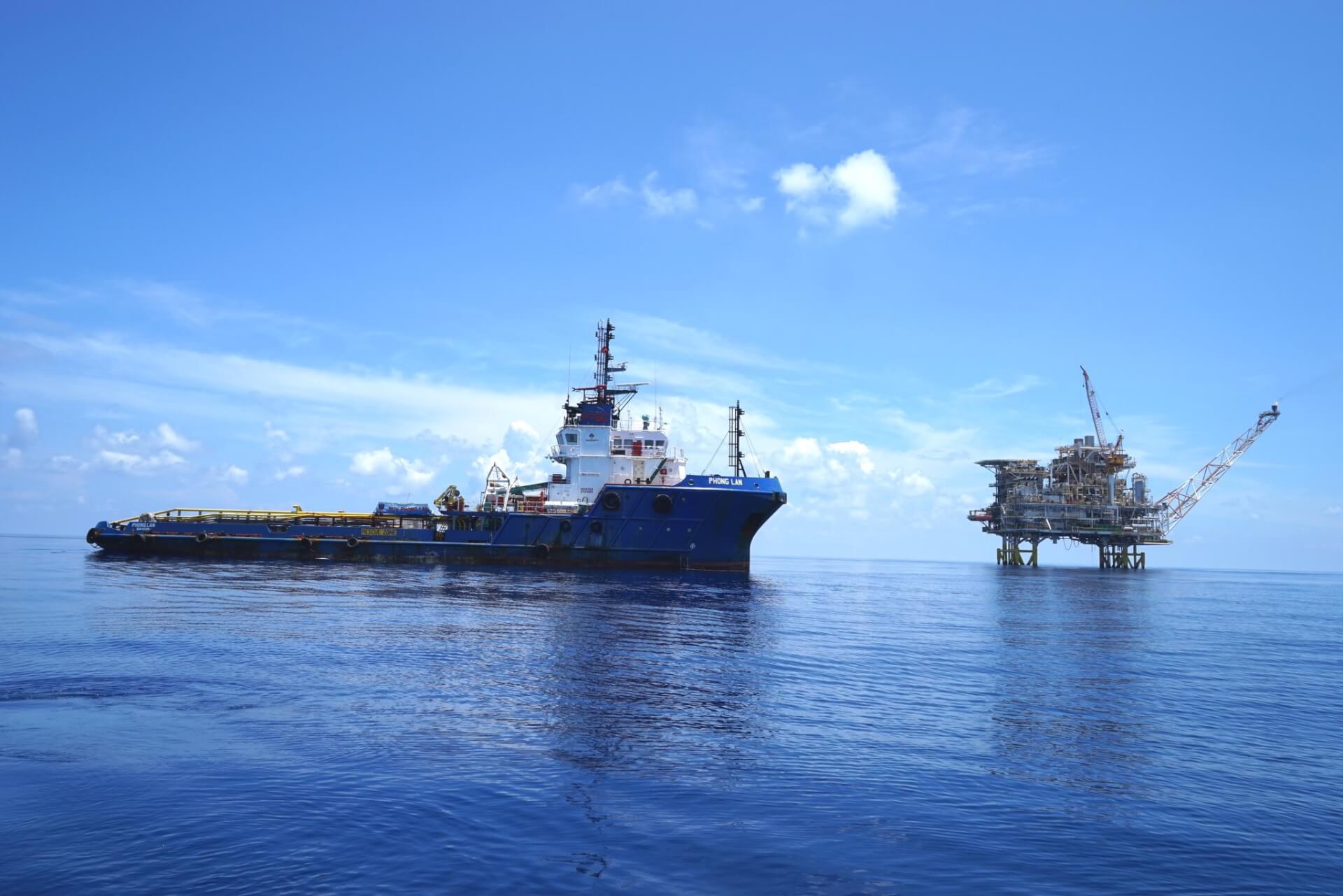The International arm of India’s state-owned Oil and Natural Gas Corporation (ONGC), ONGC Videsh Ltd (OVL), has secured an extension of three more years to explore oil and gas in the South China Sea’s ‘Block 128.’
The company sought permission for extension from Vietnamese authorities to continue its presence in the strategically important point in the disputed sea.
The Extension
This is the eighth extension given to OVL and will continue until 15 June 2026.
The company posted on social media site X, formerly known as Twitter, “India’s strategic commitment stays strong as ONGC Videsh continues its exploration journey with its 8th extension till 15 June 2026.”
Highlighting the country’s expansion of its horizons for energy security, ONGC said, “We are embracing challenges, safeguarding interests and fostering partnerships.”
OVL in Vietnam
OVL has been operational in the block for the past 17 years. It has yet to find commercially recoverable oil and natural gas reserves in the block thus far.
However, its continued presence in the region is important, given the strategic importance of the location.
Vietnam also appreciates India’s presence, which wants the country to counter Chinese monopoly in the contested waters.
OVL signed a production sharing contract (PSC) with Vietnam’s state-owned oil firm PetroVietnam for deepwater exploratory Block-128 in May 2006.
India's flagship overseas firm #ONGC Videsh Ltd has sought another three-year extension to explore for oil and gas in a Vietnamese block in the contested waters of the South China Sea, officials said.https://t.co/KJl9kDe51Q
— Economic Times (@EconomicTimes) August 14, 2023
The block has an area of 7,058 square kilometres and is located in Offshore Phu Khanh Basin in Vietnam.
OVL sought a two-year extension till June 2014 and consequent one-year extensions in 2014, 2015, and 2016. Subsequently, it took the fifth, sixth and seventh two-year extensions in 2017, 2019, and 2021, respectively.
India’s Forays in the South China Sea
In 2011, Beijing warned OVL that its activities off the coast of Vietnam were illegal and violated Chinese sovereignty. Block-128 lies in the part of the South China Sea claimed by China.
India has maintained a presence in the South China Sea through Vietnam since 1988, when it bagged the exploration licence for Block 06.1. The licence was extended for another 16 years in May this year.
Recently, India handed over the missile corvette INS Kirpan to Vietnam, and last year, it finalised a $500 million Defence Line of Credit extended to Vietnam.
During Filipino Foreign Minister Enrique Manalo’s meeting with his Indian counterpart Dr S Jaishankar, the two nations called for adherence to international law in the South China Sea — a veiled jab at Chinese aggression in the region.
India's OVL secures 3-year extension for South China Sea block
— Natural Gas Asia (@NatGasAsia) August 21, 2023
👉 OVL had signed a production sharing contract with Vietnamese state-owned #energy company PetroVietnam for Block- 128 in offshore PhuKhanh basin in 2006.
👉 https://t.co/XJd5t2OoUK#NGW #natgas
India has also attempted to strengthen its ties with Japan and the Association of South East Asian Nations (ASEAN) as China becomes more belligerent.
China in the Indian Ocean, Impact of the Taiwan Conflict
India’s manoeuvres in the South China Sea are relatively limited as compared to Chinese presence in the Indian Ocean.
The East Asian country’s military and commercial bases in Sri Lanka, Myanmar, Bangladesh, and Pakistan and its relations with the island nations in the Indian ocean are perceived as a threat by India.
Additionally, India is believed to have a high exposure in case of a conflict in Taiwan, which China claims to be a part of its territory.
As China asserts its position as a “dominant global power,” it is becoming essential for India to strengthen its position in the South China Sea.

